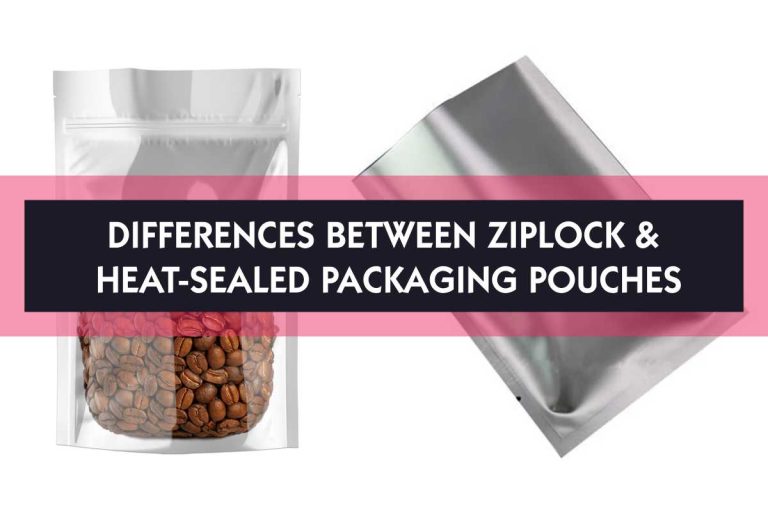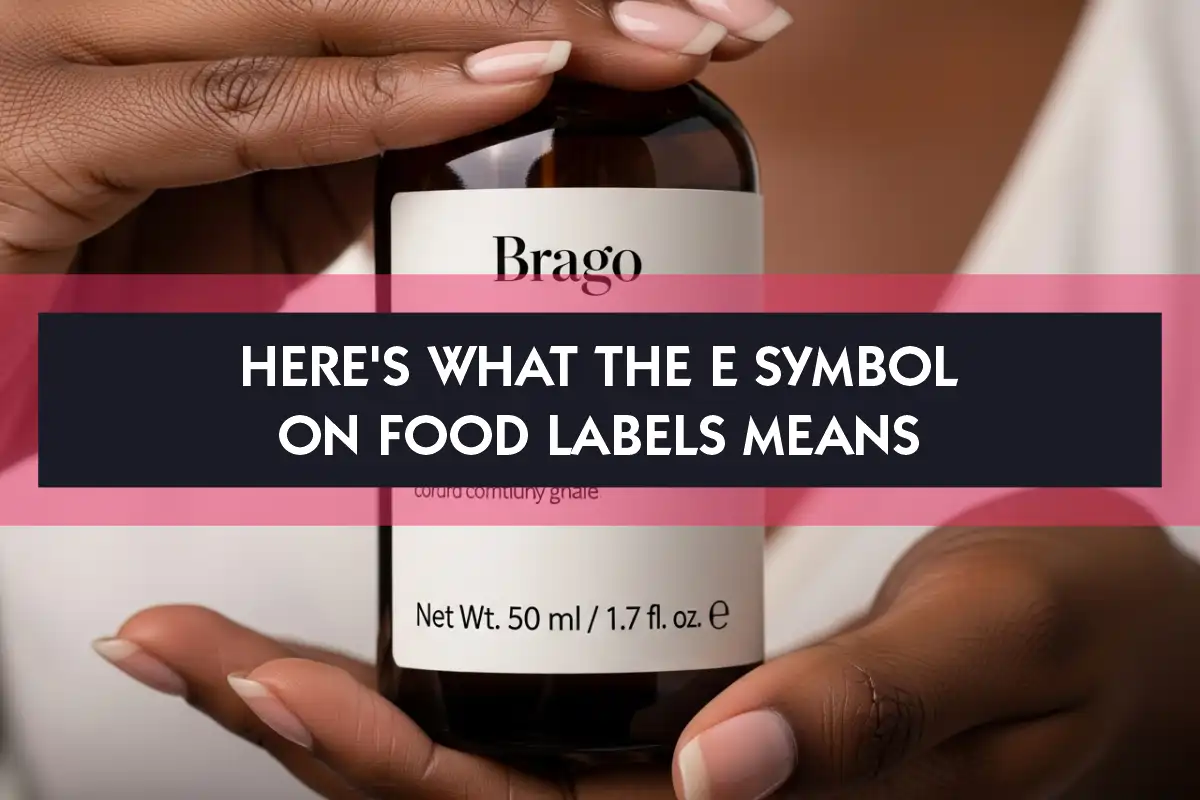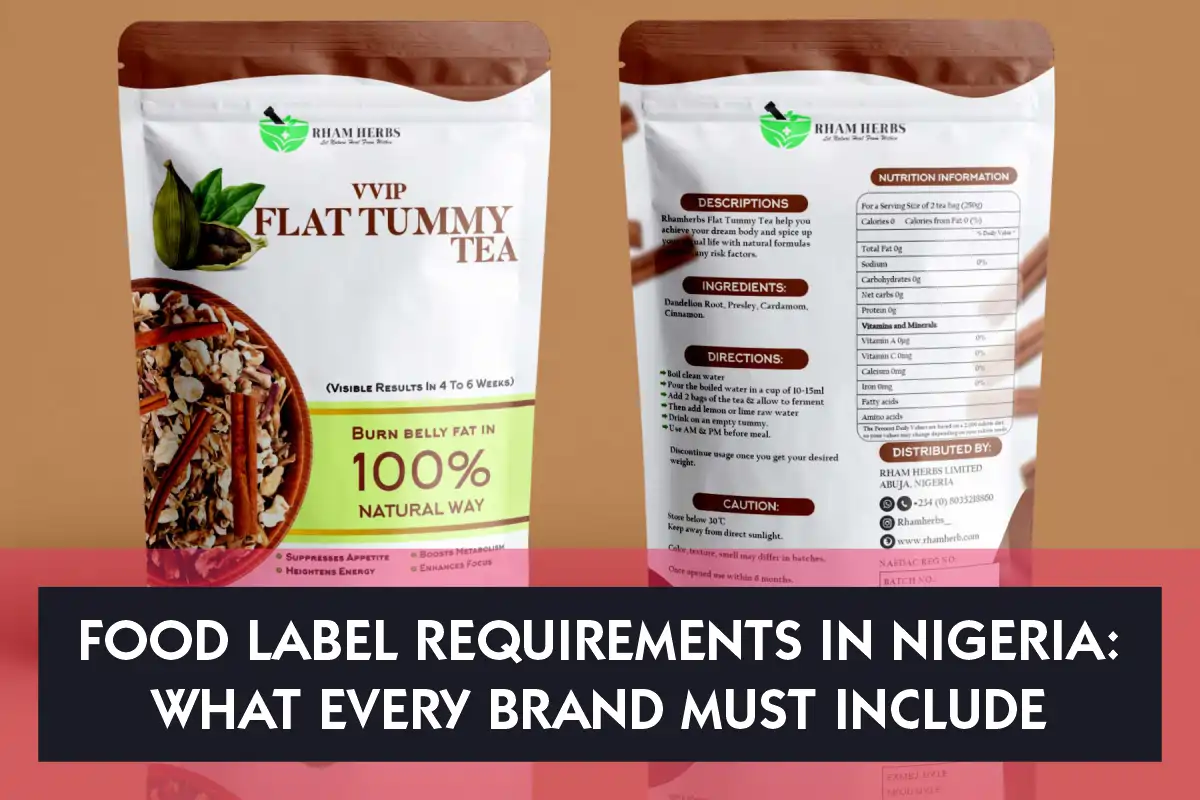The importance of packaging cannot be overemphasized enough. Packaging is an important part of protecting products and keeping them fresh. There are many different types of packaging options available, but two common types are Ziplock and heat-sealed pouches. These pouches are popular because they help keep products safe and in good condition. They are often used for storing food, small items, and even important documents. Understanding the differences between these two types of packaging can help you make the best choice for your needs.
Ziplock pouches and heat-sealed pouches may seem similar at first, but they function in different ways. Each has its strengths, depending on what you’re packaging and how you plan to use it.
So, let’s proceed to look at the main differences between Ziplock and heat-sealed pouches, helping you understand which option is better for your needs.
Table of Contents
Toggle8 Differences Between Ziplock and Heat-Sealed Packaging Pouches
How They Seal
One of the biggest differences between Ziplock and heat-sealed pouches is how they seal. Ziplock pouches use a plastic zipper that can be opened and closed by hand. This makes them easy to use and convenient for items that you need to access frequently, such as snacks, small tools, or daily-use products. You simply press the two sides of the zipper together to close it and pull them apart when you need to open it again.
Heat-sealed pouches, on the other hand, require a machine or a heat source to seal them. The edges of the pouch are pressed together, and heat is applied to melt the plastic slightly, creating a strong, airtight seal. Once a heat-sealed pouch is closed, it can’t be opened without cutting or tearing the pouch, which makes it ideal for packaging products that need to stay sealed for tamper-proof sake until they are ready to be used.
Reusability
Ziplock pouches are designed to be reusable. You can open and close the pouch multiple times without damaging it, which is one of the reasons they are so popular for storing food and other everyday items. For example, if you have a bag of chips or cereal, a Ziplock pouch allows you to reseal it after each use, keeping the food fresh for a longer time.
Heat-sealed pouches, in contrast, are typically not reusable in the same way. Once you cut or tear open a heat-sealed pouch, you can’t reseal it without using another machine or tool to apply heat again. This makes them better suited for one-time use, such as packaging products for shipping or long-term storage, where you don’t plan on opening and resealing the pouch repeatedly.
Convenience
Ziplock pouches are incredibly convenient for everyday use. Because you can open and close them easily without any tools or machines, they are perfect for situations where you need to access the contents of the pouch often. For example, people commonly use Ziplock bags for packing lunches, storing leftovers, or organizing small items around the house.
Heat-sealed pouches, on the other hand, are more suited for situations where you don’t need to access the contents often, or where a more secure seal is important. They are frequently used for products that need to stay fresh for a long time, like coffee beans or frozen food, because the heat seal creates a very tight and reliable closure.
Want To Print Something?
Security and Protection
When it comes to providing security and protection, heat-sealed pouches have a clear advantage. The heat seal creates an airtight and tamper-evident closure, which means that once the pouch is sealed, it is nearly impossible to open without leaving evidence of tampering. This makes heat-sealed pouches a popular choice for packaging food products, medical supplies, and other sensitive items that need to remain secure until they are used.
While Ziplock pouches offer a good level of protection, they are not as secure as heat-sealed pouches. The zipper seal can sometimes come undone if not closed properly, and it is easier to open the pouch without leaving any signs of tampering. For this reason, Ziplock pouches are often used for products that don’t require the same level of security, such as household items or snacks that will be consumed within a short period of time.
Air and Moisture Control
Both Ziplock and heat-sealed pouches are effective at controlling air and moisture, but heat-sealed pouches tend to provide a stronger barrier. Once a heat-sealed pouch is closed, no air or moisture can get inside, making it ideal for packaging products that are sensitive to these elements. This is why heat-sealed pouches are often used for vacuum packaging or for products that need to stay fresh for long periods, such as coffee or dried foods.
Ziplock pouches, while still effective at keeping out air and moisture, do not offer the same level of protection as heat-sealed pouches. The zipper can sometimes let in small amounts of air or moisture if not sealed properly, which can reduce the freshness of the contents over time. However, for short-term storage or for products that will be used quickly, Ziplock pouches are usually more than enough.
Cost
Another important factor to consider is cost. Ziplock pouches tend to be more affordable and widely available than heat-sealed pouches. Because they don’t require any special equipment to seal, they are a cost-effective option for many everyday uses, such as storing snacks or organizing small items.
Heat-sealed pouches, on the other hand, often come with a higher cost, especially if you need to invest in a heat-sealing machine. This makes them a better choice for businesses or situations where the extra security and protection they provide are worth the added expense. For personal use, especially for one-time packaging needs, Ziplock pouches are usually the more budget-friendly option.
Strength and Durability
Both Ziplock and heat-sealed pouches are strong and durable, but heat-sealed pouches tend to offer greater durability overall. The heat-sealing process creates a tight bond that is difficult to break, which means these pouches can hold up well under pressure, especially when used for heavy items or products that need to be stored for long periods.
Ziplock pouches are also durable, but they can sometimes be prone to wear and tear, especially if they are used frequently or if the zipper is not properly aligned. For lighter products or for situations where the pouch will be used repeatedly, Ziplock pouches are usually durable enough to get the job done.
Customizability
Another difference between Ziplock and heat-sealed pouches is their customizability. Ziplock pouches are available in many different sizes, shapes, and colors, making them a versatile choice for a wide range of applications. You can find Ziplock pouches that are small enough for jewelry or large enough for storing clothes, and they can even be printed with designs or logos.
Heat-sealed pouches are also highly customizable, but they offer more options in terms of material and design. For example, heat-sealed pouches can be made from materials that offer additional protection, such as foil or mylar, which can help keep products fresh for longer. They can also be designed with features like tear notches or resealable zippers, providing more flexibility for packaging different types of products.
Want To Print Something?
Conclusion
Ziplock and heat-sealed pouches both have their own unique advantages and are suited for different types of products and uses. Ziplock pouches are convenient, reusable, and perfect for everyday storage, while heat-sealed pouches offer greater security and durability, making them ideal for long-term storage or sensitive products.
When choosing between the two, it’s important to consider how you plan to use the pouch, how often you need to access the contents, and whether reusability or security is more important for your needs. Both options are effective at keeping products fresh and protected, so the choice ultimately depends on your specific requirements.




